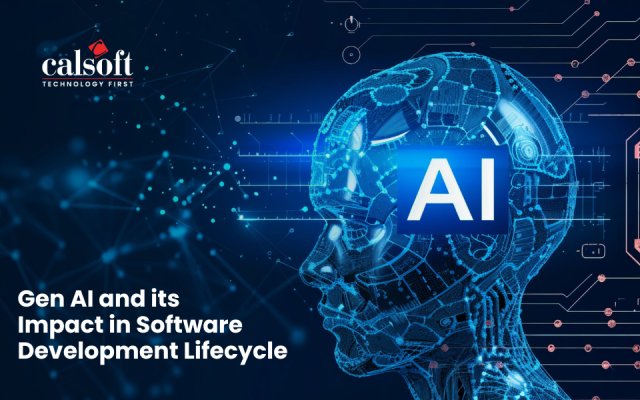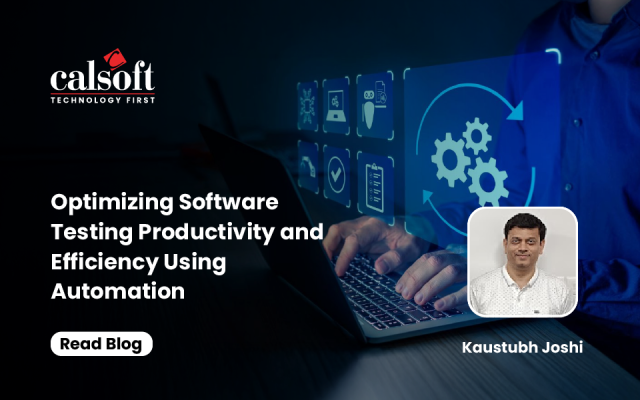DevOps – as it stands for “Development” + “Operations” is a buzzword these days and everyone is trying to get some insight into it. As exciting as it may sound, many in the test department have a common question – “Where do they stand in the whole premise of DevOps?”.
The question is very valid and it needs to be dissected thoroughly to know what really is there in store for QA engineers.
Traditionally QA has been divided into two categories – 1) Manual 2) Automation. While a large population of the QA fraternity was involved in manual work initially, many started doing automation in their respective domains. Whether to do manual testing or automation is largely dependent on a type of technology being used and other factors such as available skills within the test organization, budget and most importantly organizational culture; in this case, how well the innovation is promoted.
Now going back to our original question; Test Automation certainly has a very strong role to play in DevOps. When people talk about DevOps, a most commonly referred term that comes out is “CI/CD Pipeline“, which is a streamlined set of processes as well as a toolchain that ensures code from multiple developers is integrated continuously and the feature rollout to production happens rapidly.
Testing adds another dimension to it and that is Continuous Testing, aka CT to keep it aligned with other C* in DevOps terms. Now the most important word here is Continuous and when you want to do something continuously, repetitively and consistently; it must be automated. So to cut a long story short, Test Automation has a key role to play in the entire DevOps scenario. In fact, the product delivery won’t be complete without integration of testing into the pipeline.
That leaves us with the question about what manual testers will do if an organization decides to implement DevOps practices? In my opinion, there are two options manual testers have –
1) Develop skills to generate ideas which will enhance the overall product test efficiency and the quality: Quality is important in this competitive world. At the same time, new age software is catering to a large customer base with varied use-cases for the same product. Automation won’t be effective without a properly written test and manual testers have a key role to play there. In the current times, they are expected to wear different hats (representing different end users) and define use-cases for each one of them. This process needs to be constantly evolving as the product evolves and so does its user base as well as their requirements and use-cases.
2) Learn and Adapt new skills: This is unavoidable and not just for manual testers but everyone in the industry. The speed at which technology is changing must be aligned with the pace at which one can learn and grasp new skills. It’s important to stay relevant in the market to ensure you remain in demand and growth.
As the saying goes, change is the only true constant and everyone must adapt to it. Quickly the better!
Happy Testing!
[Tweet “What DevOps mean to QA/Test? ~ via @CalsoftInc”]






